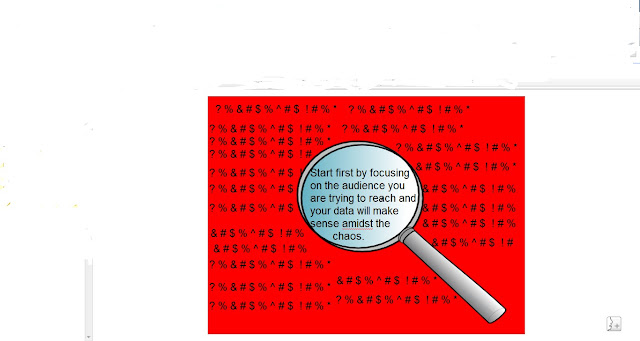The graphic above shows that there is an immense amount of data on the Internet today. However it is useless to put information on the Internet without a proper analysis of the audience you are trying to address.
Thus, designing and writing web pages are a daunting task and is turning into a task that is becoming more common to more and more companies today. Therefore, this book is broken into four parts to help attack this issue:
Part I: What am I Writiing?
Part II: Issues and Challenges
Part III: Strategies for Success
Part IV: Problems and Solutions
Part II: Issues and Challenges
Part III: Strategies for Success
Part IV: Problems and Solutions
Throughout the book, the reader will learn how to use WordPress, the importance of languages such as XHTML and CSS, how to design a web page, and many more.
Here is the link to my full book review:
http://docs.google.com/document/d/1OYOKR0dYePynOhE38CCYszDPC2TV7GVo8UCSygNrJYQ/edit




